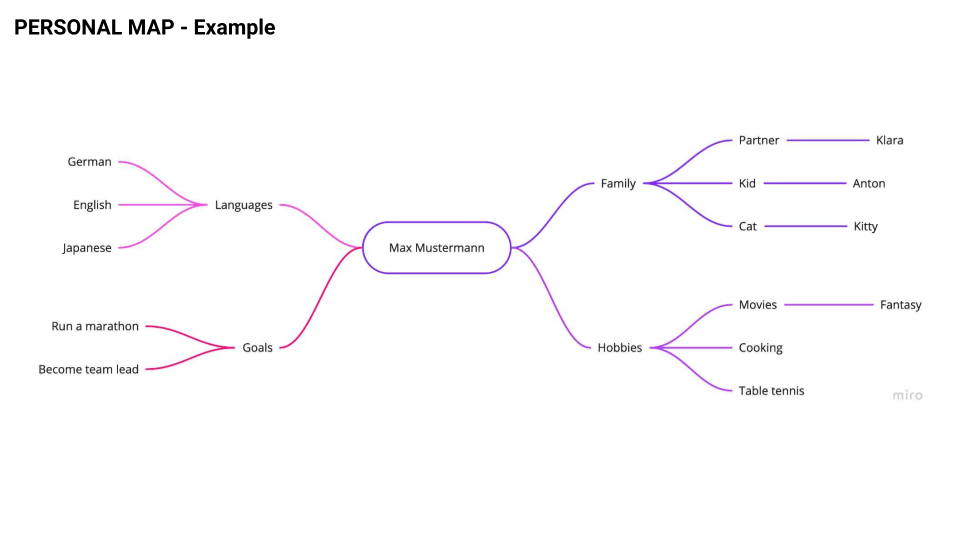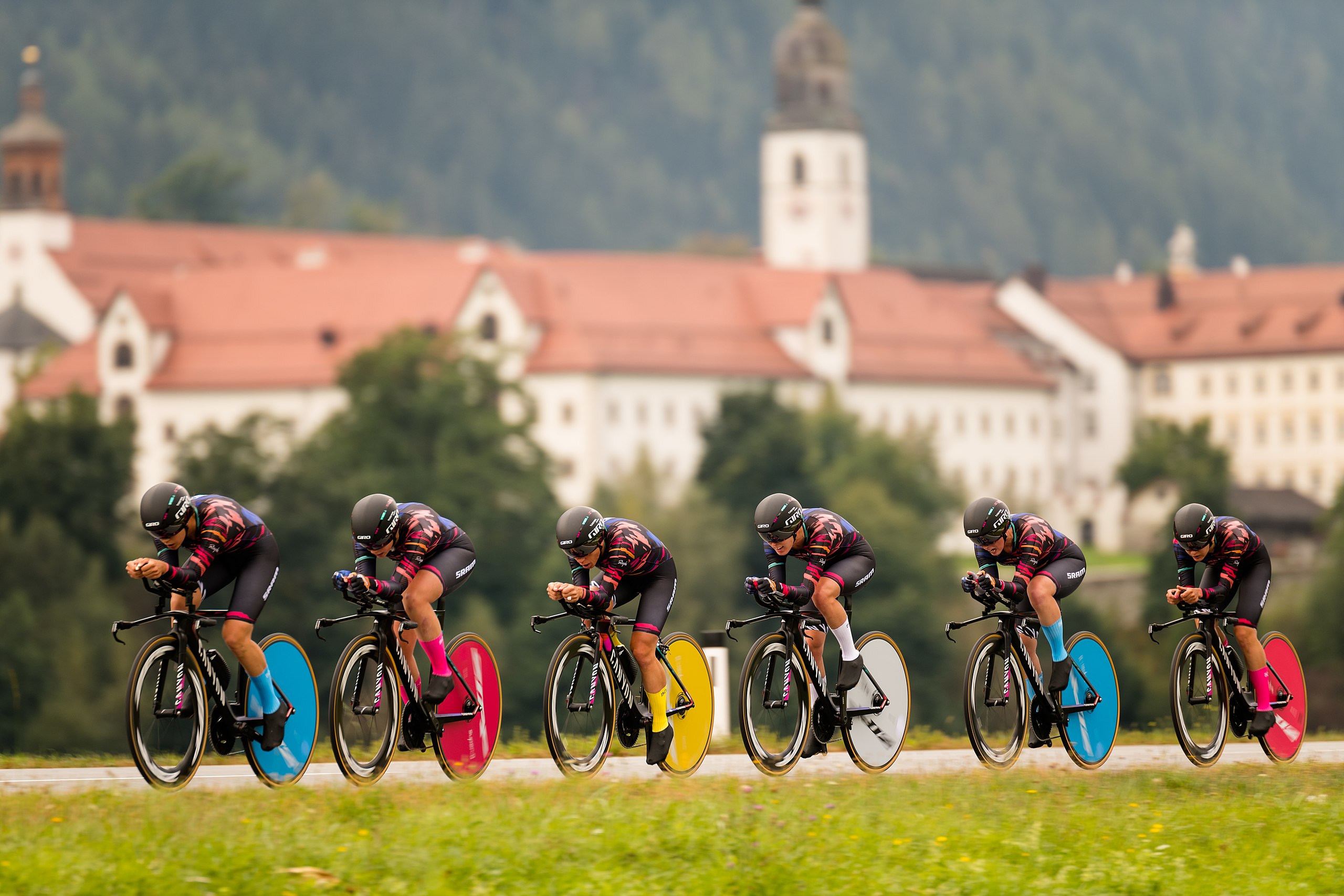People can create something unique when they come together. In my world, the digital products, the team is the epicentre. We are constantly trying to improve how we work and interact with each other.
Contents
Continuous development
As a product manager, I am responsible for team performance. Sure, all colleagues have to shoulder the successes and failures. But most of the time, we are in the spotlight within the company. Therefore, I see it as one of my essential tasks to continuously develop the team beyond the existing.
Whether you are building an entirely new team or joining an existing one, each person comes with their story and experiences, both positive and negative. In a group, different dynamics come into play. So, we never come across something “pure” or our so much-quoted “greenfield”. We have to get to know and shape these boundary conditions.
The three aspects
Getting to know each other
Too rarely do individual colleagues get to know each other when they start working together. I don’t mean making friends here, but creating a level of respect and understanding. Especially in the current times, when we work far apart from each other on the one hand and have to face many personal challenges on the other, understanding my counterpart is even more critical.
It happens that one misunderstands the other. Maybe the colleague is busy with childcare from 4 p.m. but works before nine. The other colleague likes to sleep longer, and so we tend not to organise meetings before ten. Insofar as we are talking about an international composition where we communicate in English and not our mother tongue, many other differences come into play. These supposed trivialities make up an essential part of the team culture.
A way to get closer can be through the Personal Maps. The personal maps can be adapted in a wonderfully flexible way and provide a starting point for discussions. Depending on the size of the group, we fill the Personal Maps together or in individual conversations. The focus is on the counterpart.I use questions to fill in the other person’s Personal Map. For example, I can ask whether my colleague has a family or which languages they speak. It is essential to explain in advance that we do not force anyone to answer questions. We want to create mutual trust among colleagues.

The following list of categories serves as inspiration. Use them as desired.
- Artists
- Books
- Professional skills
- Education
- Family (partner, children)
- Food
- Goals, ambitions
- Hobbies
- Home town
- Languages
- Movies
- Music
- Passions
- Pets
- Quirks
- Talents
- Values
We conducted our workshop with 25 people in two hours, where two colleagues were always in a Zoom breakout room and interviewed each other. Afterwards, we summarised the commonalities in groups of five and looked at them together. It was exciting, for example, that only one person in the group could imagine spending his retirement years in Berlin.
Download instructions for the workshop via Google Slides.

The great thing is that the workshop and personal maps are all on one Miro Board. As soon as a new person joins the team, we create their maps and look at their colleagues’ maps.
The objective
Apart from getting to know each other personally, it is also vital to prepare for the new challenges. Here, it is crucial to explain the thematic context and the objective so that we all understand the work ahead.
Especially in cross-functional teams, there are often different strategies and priorities. We have to unite them. We should therefore lay our cards on the table in advance. Each function can present its ideas and explain which target metrics they follow.
We must make sure that the different ideas combined in the team’s targets match the company’s expectations. The product manager also acts as a mediator here. Depending on the group’s skill set, we can pursue specific opportunities while others will not make it into the priority list.
In one of my following articles, I will describe how to create an opportunity backlog. It is essential to use the hopefully existing product strategy and company goals as a basis for goal setting. It is then remarkable to create common cross-functional product goals and then translate these into the Objectives and Key Results.
We present the strategies to the whole team, including the engineers. Work your way from the highest level, e.g., the corporate goals, to the individual functional plans.
The processes
Agile is on everyone’s lips, and yet it works for very few. Not necessarily because of the teams themselves, but because of the way we deal with the topic. There is no standard that you can quickly teach everyone with the help of an Agile coach.
In my career as a product manager so far, I have learned two things. First, process change is scary and can cause incredibly emotional discussions. Second, every team is different. That means I can’t just transfer the process from team A to team B like that. It takes time to find and establish the proper procedures for the team.
Usually, with an existing team, I would observe the processes for a while. It is not possible with a new team, and here you can go ahead as a product manager. The important thing is to make your team understand that the path you are aiming for is just a start and can be changed as needed. I don’t care whether the team works with Scrum or Kanban.
Furthermore, how many meetings we have in the established routine is not relevant. The decisive thing is that the team must know what tasks are to be completed in the next period, feel comfortable and have the desired successes. In the first weeks and months, prepare to constantly question and improve the processes.
A marathon leading to success
Especially in the beginning, it can feel like a meeting and workshop marathon. Most of the time, everyone wants to get started and create results right away. However, when a new team comes together, that’s precisely the task in the early days: getting to know each other, setting goals and sharing processes. Without a common understanding, we cannot go beyond ourselves and endure difficult times. It usually takes half a year for a new team to get used to each other and work processes to function halfway smoothly. When this moment comes, even as a product manager, you can sit back for a brief moment and enjoy the team’s successes.
After the most significant conflicts have been solved, the Norming organisational phase is characterised above all by unity, group cohesion and community. For the first time, a sense of togetherness emerges and the team members orient themselves more towards the team than towards themselves. As a result, the team is better able to organise its cooperation.
https://teamentwicklung-lab.de/forming-storming-norming-performing-3
